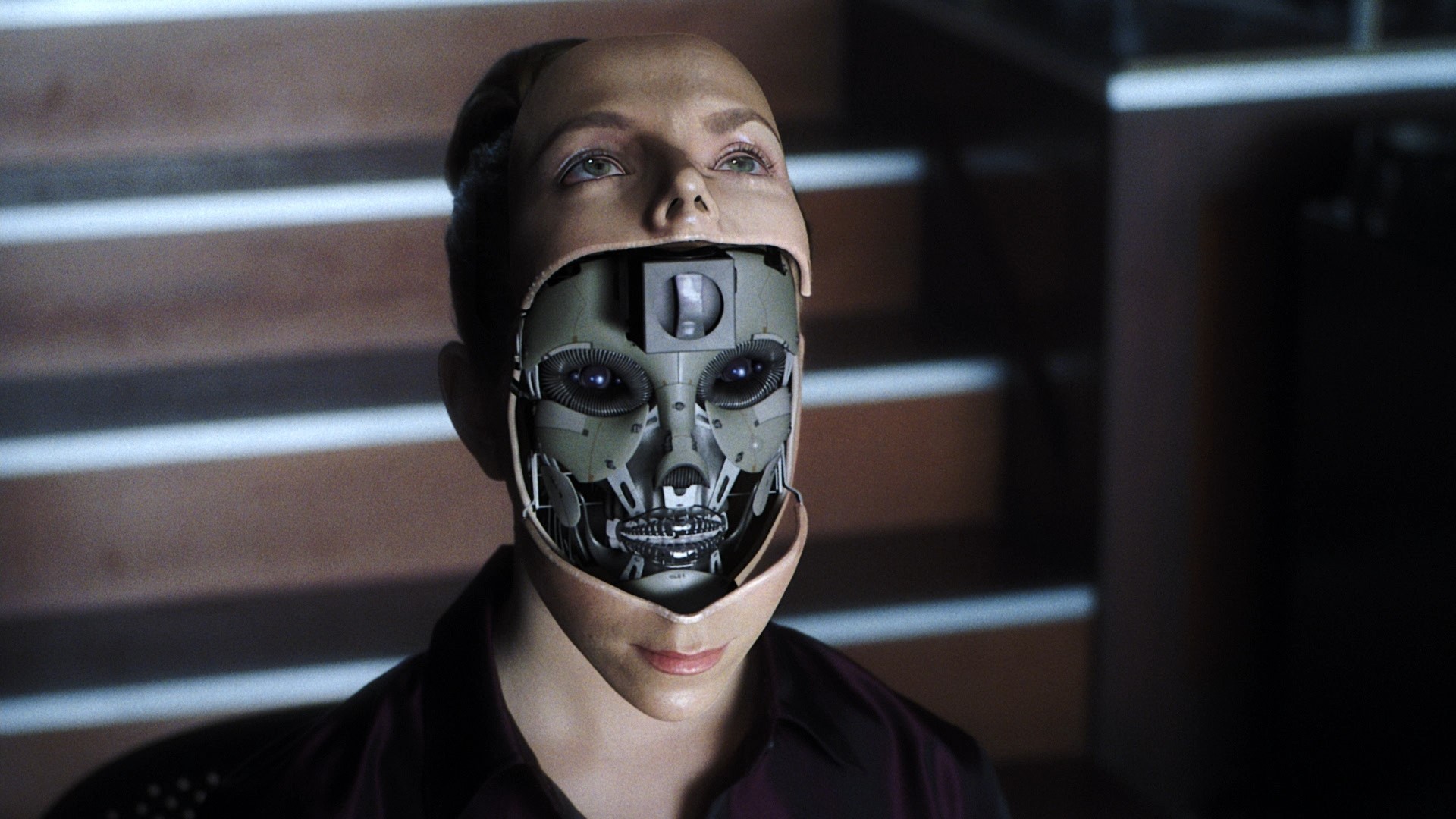
Even at a rudimentary level, artificial intelligence has proven increasingly capable of discerning patterns amidst chaos, recognizing pictures, and playing chess, but to what extent do these abilities correlate to human intelligence? More specifically, as it relates to “the ability to acquire and apply knowledge and skills”? To find out, a team of scientists from the University of Illinois tested MIT’s ConceptNet4 AI system against an IQ test designed for a human child and discovered that its IQ was equivalent to that of a four-year-old human.
The specific IQ test administered is known as the Wechsler Preschool and Primary Scale of Intelligence, and is the most commonly used test in US pre-schools. It consists of five specific measures of intelligence: Information, with context-sensitive questions such as “where do I find lions?”; vocabulary, related to words meaning; word reasoning, logically arriving at a conclusive; similarities, noting parallel qualities between two differing nouns; and comprehension, answering questions such as “why do people shake hands?”
Naturally, the questions were modified and translated into a logical code so that the machine may understand what was being asked.
How did it perform?
“The ConceptNet scored a [mark] that is average for a four-year-old child, but below average for five to seven-year-olds,” states lead researcher Stellan Ohlsson. The software scored well on the vocabulary and similarities, average on information, and unsatisfactory in the word reason and comprehension categories.
Other questions produced anomalies. When asked “where can you find a teacher?” it responded with words “piano” and “band.” But this issue stemmed mainly from the question’s semantics; if the same question was inputted using natural language through a virtual assistant like Siri, the results will be improved.
Ohlsson explains, “ConceptNet does little or no word-sense disambiguation. It combines different forms of one word into one database entry, to increase what is known about that entry. The lack of disambiguation hurts when, for example, the system's natural language processing tools convert saw into the base form of the verb see, and our question 'What is a saw used for?' is answered by 'An eye is used to see.'”
All in all, the findings are not a lesson in futility, but a critical insight into what’s needed for developing the mental semantics of human-level thinking in AI. With the proliferation of big-data cloud computing and quantum processing right around the corner, the future of AI looks to be exceedingly promising.
Source: BBC and Techxplore
Advertisement
Learn more about Electronic Products Magazine





